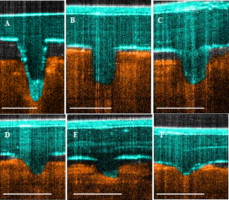Evaluating Transdermal Drug Delivery |
|
|---|---|
|
A transdermal patch is a medicated adhesive patch that is placed on the skin to deliver a specific dose of medication through the skin and into the bloodstream. Often, this promotes healing to an injured area of the body. An advantage of a transdermal drug delivery route over other types of medication delivery such as oral, topical, intravenous, intramuscular, etc. is that the patch provides a controlled release of the medication into the patient, usually through either a porous membrane covering a reservoir of medication or through body heat melting thin layers of medication embedded in the adhesive. The main disadvantage to transdermal delivery systems stems from the fact that the skin is a very effective barrier; as a result, only medications whose molecules are small enough to penetrate the skin can be delivered by this method. A wide variety of pharmaceuticals are now available in transdermal patch form. Before these patches go into the market, they have to be carefully studied. However, techniques currently required for skin analysis can be cumbersome. It has been shown that optical coherence tomography (OCT) can be used to painlessly measure stratum corneum and epidermis thickness, as well as microneedle penetration depth after microneedle insertion. Since OCT is a real-time, in-vivo, nondestructive technique, skin healing characteristics and present quantitative data on micropore closure rate may also be analyzed. Current uses for the transdermal patch include the nicotine patch; opiod medications used to provide round-the-clock relief for severe pain; hormonal patches; nitroglycerin patches (sometimes prescribed for the treatment of angina in lieu of sublingual pills); and many more. Additional technical information:
|
|
|
Transdermal drug delivery has a number of advantages. |




